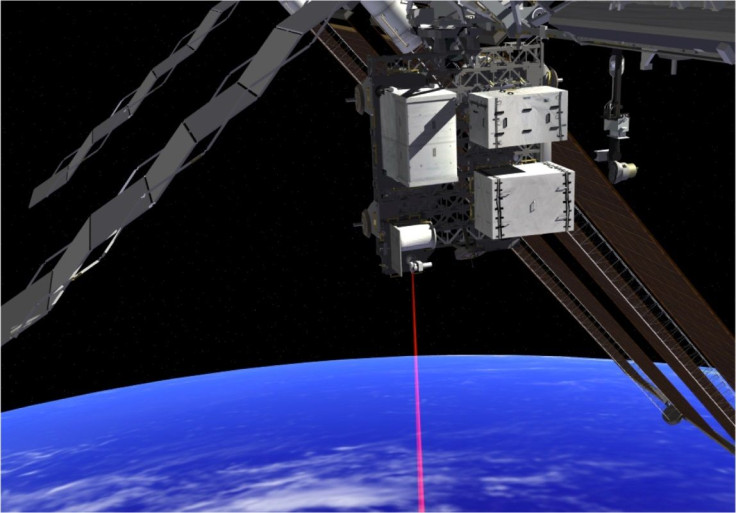NASA Beams ‘Hello, World!’ HD Video From Space Station Using Laser

A high-definition video with the message, “Hello, World!” travelled 260 miles from space to reach the Earth on Thursday, according to NASA. The space agency successfully beamed the footage from the International Space Station, or ISS, using a new laser technology, in an attempt to explore better ways of communication from the orbit and beyond.
The video was the first 175-megabit transmission for the Optical Payload for Lasercomm Science, or OPALS, a new technology to improve data transmission from future spacecraft using higher bandwidth than radio waves, NASA said in a report on Friday.
“Using the space station to investigate ways we can improve communication rates with spacecraft beyond low-Earth orbit is another example of how the orbital complex serves as a stepping stone to human deep-space exploration,” Sam Scimemi, International Space Station division director at NASA headquarters in Washington, said in a statement.
According to NASA, the existing space communications rely on radio waves to transmit data, while more advanced tools such as OPALS are based on laser energy, which helps them achieve data rates between 10 and 10,000 times higher than the current communication infrastructure.
“Because the space station orbits Earth at 17,500 mph, transmitting data from the space station to Earth requires extremely precise targeting,” NASA said in the statement. “The process can be equated to a person aiming a laser pointer at the end of a human hair 30 feet away and keeping it there while walking.”
The 148-second video transmission reached a maximum data transmission rate of 50 megabits per second, while OPALS, which was launched to the ISS aboard the SpaceX Dragon in April, took 3.5 seconds to transmit a copy of the "Hello World!" video message. The same transmission would have taken more than 10 minutes if traditional methods were used, according to NASA.
“We look forward to experimenting with OPALS over the coming months in hopes that our findings will lead to optical communications capabilities for future deep-space exploration missions,” Matt Abrahamson, OPALS mission manager at NASA, said in a statement.
© Copyright IBTimes 2024. All rights reserved.






















